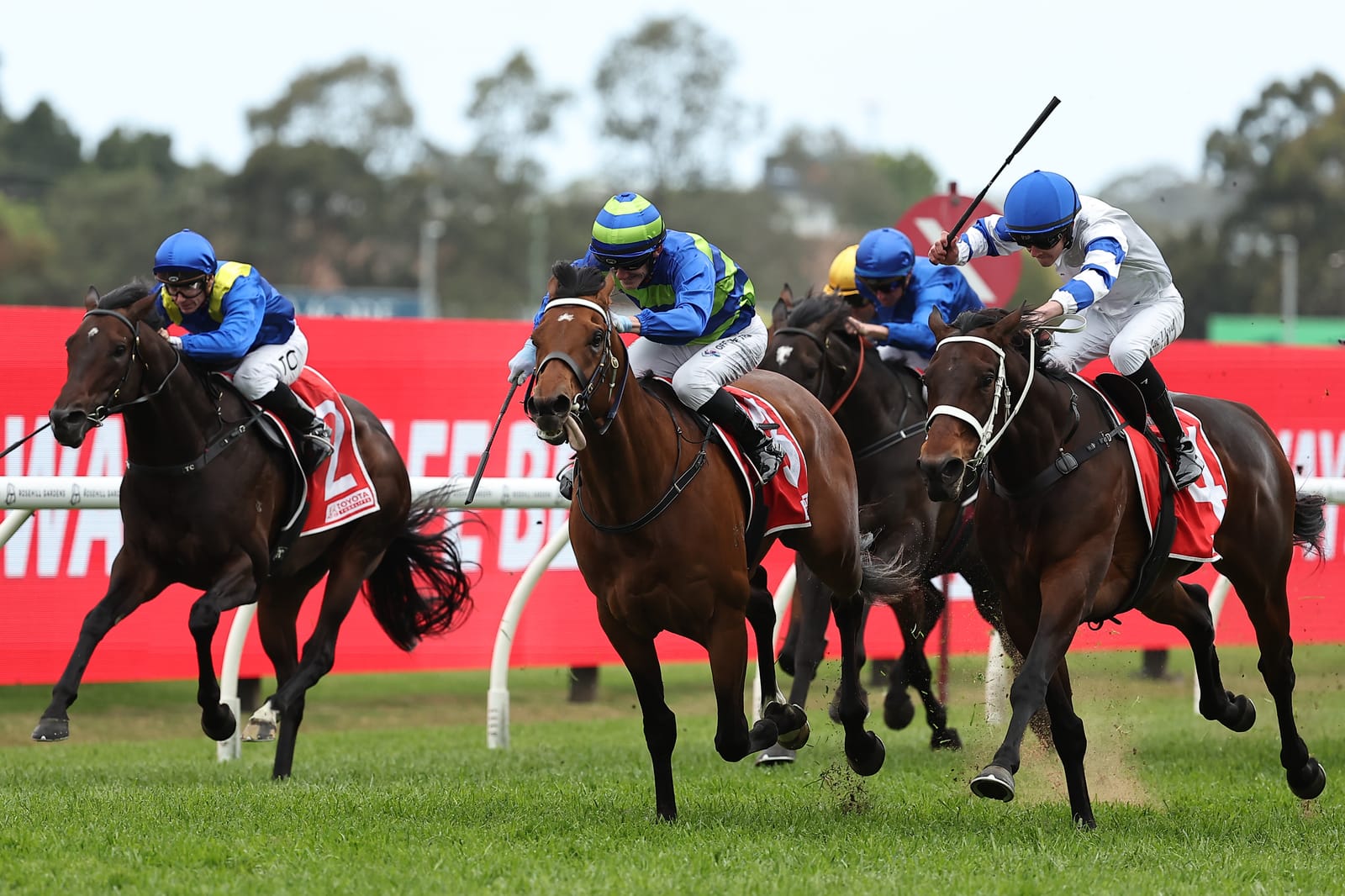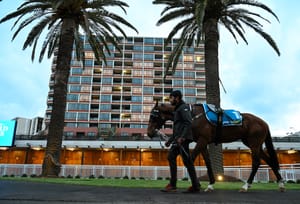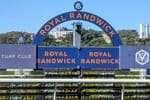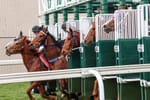When the inaugural $10 million The Everest was announced in 2017, it was its timing as much as the audacious prize money structure that rankled Victorian racing authorities.
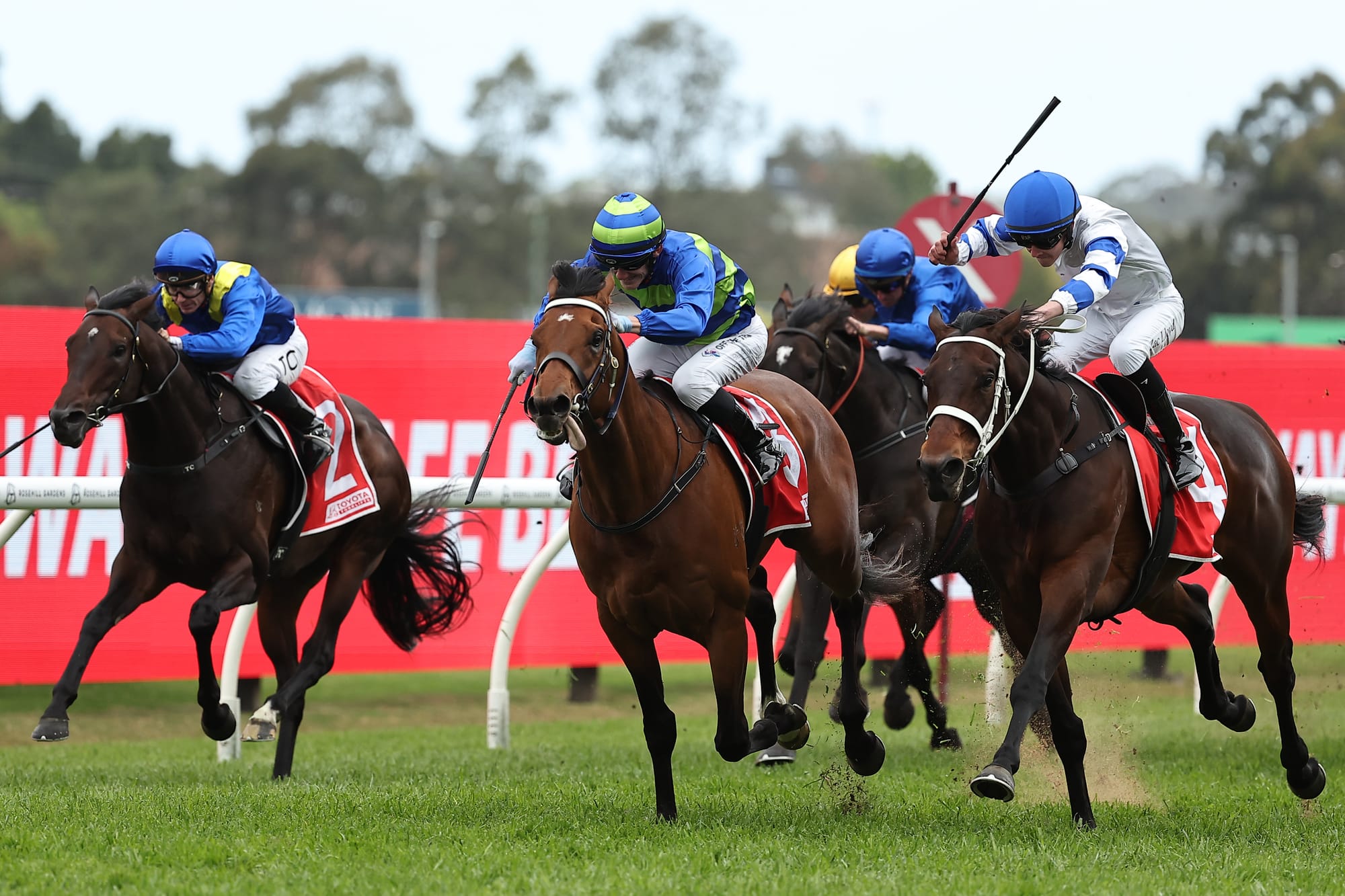
In the most brazen attack on the spring monopoly Victoria had historically enjoyed, the new race was designed to clash with one of the jewels of the Melbourne spring, Caulfield Guineas day.
Long regarded as one of the best racing days of the year, it had been further upgraded in 2014 to stage four Group 1 races. For the broader public, Guineas day heralded the start of the proper spring carnival.
What hope did a “pop-up” race have against all that racing history?
Well, it turned out Peter V’landys had found a lead role for his spring revolution. Marketed as a global event, it immediately courted attention and took some of the spotlight the attention away from Caulfield.
It’s arguable that Guineas day has not been quite the same since, even though The Everest has skipped between a clash with that meeting and a clash with the Caulfield Cup the following week, thanks to the differing schedules of Victoria and New South Wales.
V’landys always wanted the race two weeks after the NRL Grand Final, the same traditional time frame between the Guineas and the AFL Grand Final. The first two Everests clashed with Guineas day, the next four with Caulfield Cup, 2023 with Guineas Day again, then last year and this year with the Cup.
In years like this, where there is no Everest clash, you would think that Guineas day had a relatively free stage to shine, but despite no Group 1 racing on the card at Rosehill on Saturday, it is still making an impact on what is going on at Caulfield.
The $2 million Group 2 Hill Stakes over 2000 metres has attracted a field of 15, while the $1.5 million Alan Brown has a field of 17 plus five emergencies.
The positioning of those races, and the prize money on offer, has clearly disrupted two of the key support races to the Caulfield Guineas.
The $1 million Might and Power Stakes, the 2000-metre Group 1 weight-for-age race, has just five runners, four after a scratching, with the Hill Stakes providing a better option for many potential contenders.
Leading trainer Chris Waller even cheekily suggested during the week that the currently non-functioning Australian Pattern Committee might want to look at the Group 1 status of the Might And Power.
It’s a similar story with the $1 million Group 1 Toorak Handicap, which has an underwhelming field of 11, with several possible entrants for that race lining up instead in the Alan Brown Stakes.
Overall prize money for the Caulfield raceday, which includes three Group 1, two Group 2s, two Group 3s and a Listed race is just short of $6.7 million.
The Rosehill meeting, which contains two Group 2s, two Group 3s and a yet to be internationally recognised Listed race, is $5.6 million.
While the pattern committee has not been in a position to upgrade or downgrade races for seven years, Racing NSW has successfully sought to disrupt the status quo with strategic prizemoney boosts.
You only have to see the price disparity for the two Group 2 races at Rosehill to recognise this. While the Hill Stakes is worth $2 million, the less strategically important Roman Consul Stakes, is worth $300,000.

The non black-type Alan Brown is worth more than the other stakes races - aside from the Hill Stakes - combined.
It seems a remarkable transformation when you look at historic trends.
In the space of 20 years, the amount of prize money offered on the corresponding Sydney race meeting to Caulfield Guineas day has gone up 11-fold.
In 2005, the corresponding Rosehill meeting offered total prize money of $510,000, while Caulfield Guineas day was worth $2.5 million.
So, while Rosehill has gone up by a factor of 11, Caulfield’s prize money has increased by just 2.67 times.
In 2015, the corresponding meeting was held at Randwick and included the Group 1 Spring Champion Stakes. On that day, overall prize money in Sydney was $1.13 million, less than a third of Caulfield’s $3.6 million.
In a decade, Sydney metro prize money on that day has gone up by nearly five times, while Caulfield has increased by 1.83.
It is conceivable that in the near future, even on years without The Everest on this day, prize money in Sydney will surpass that on offer on what is supposed to be Caulfield’s best meeting.

